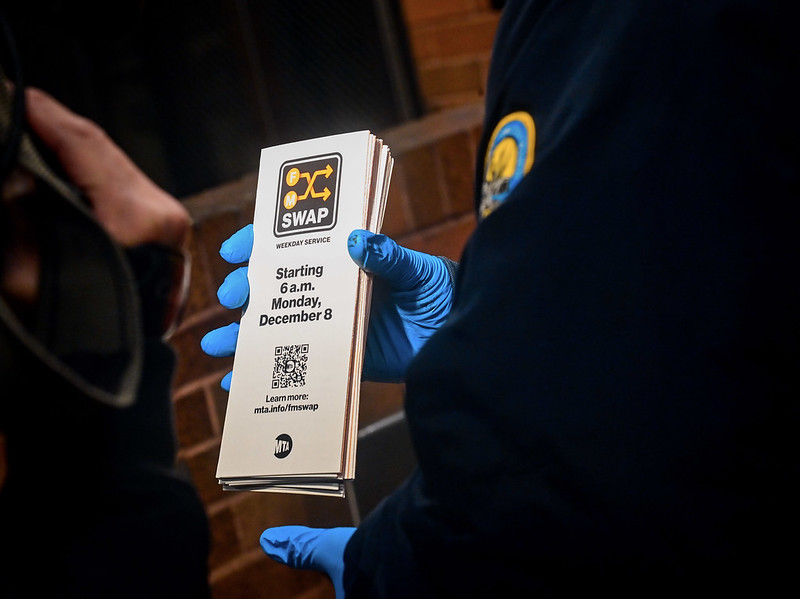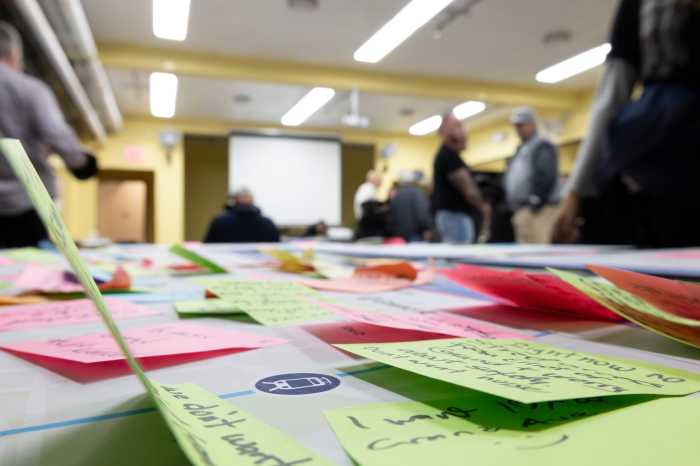By Bill Parry
Advocates of the Brooklyn Queens Connector don’t believe the expiration of the 421-a tax abatement for developers will affect the financing of the $2.5 billion street car project. The Friends of the Brooklyn Queens Connector say the project will pay for itself by capturing the increases in property taxes of existing real estate and the new developments along the 16-mile street car corridor, from Astoria to Sunset Park, Brooklyn, one of the fastest-growing parts of the city, according to Mayor de Blasio, with 405,000 residents and 296,000 workers.
The route would tie together several “innovation clusters” in which the city has made significant investment, including the Cornell Tech campus on Roosevelt Island, via a ferry connection. When fully built-out, it could serve nearly 50,000 passengers a day.
But the 421-a tax exemption program, which provided tax abatements to residential developers in exchange for a higher number of below-market-rate apartments, expired in January and Albany lawmakers have been unable to replace it. Its effect was immediately felt on Astoria’s Hallets Peninsula where two massive projects were scaled back.
One day after Mayor Bill de Blasio joined a host of elected officials and community leaders at an Astoria groundbreaking for the massive 2,400-unit Hallets Point complex in January, the Durst Organization and Lincoln Equities announced the project would be scaled down from five building to one.
“Building One qualifies for 421-a and is under construction and on schedule,” Durst Organization spokesman Jordan Barowitz said. “Without 421-a, the rest of the project cannot proceed.”
In June, John Mavroudis, the developer of the 1,723-unit Astoria Cove project with its much needed infrastructure, housing, retail, jobs and economic development, said it was on hold.
“Projects like this were conceived with the 421-a in mind and we rely on its reauthorization in order to move ahead,” he told TimesLedger Newspapers.
Architect Jay Valgora, who worked on both projects, was disappointed.
“Building in New York is very hard for developers, so complex and the risk is so high,” Valgora said. “And here you have the Durst Organization, a multi-generational, family-run, long-term New York City developer committed to the highest quality projects like One World Trade. If they can’t go forward with this project without the tax abatement, who can?”
Barowitz is not just a vice president in the Durst Organization, he is also on the 25-member board of directors for the Friends of the Brooklyn Queens Connector, also known as the BQX, and he sounded optimistic a solution will be found.
“We expect that 421-a or a replacement will exist by the time the BQX comes online,” he said Wednesday. Service is not expected to begin until 2024.
Joseph Ferris, the Friends of the BQX director of public affairs, had this to say on future developments and financing of the street car project.
“Our financial modeling takes tax abatements like 421-a into account when projecting future revenues that could contribute to the BQX,” Ferris said. “Over 40 years, it envisions that some new sites would be developed for mixed-income housing and would pay no property taxes for some period of time. It also predicts that some developments that were built using 421-a and don’t currently pay taxes would eventually come back on the tax rolls. Irrespective of the current programs available, the creation of a reliable north-south mass transit system along the East River waterfront would generate more than enough net new value to pay for the investment.”
During a meeting last Friday with the CNG News Group, which publishes TimesLedger Newspapers, Ferris and other members of the Friends of the BQX seemed more concerned with the public review process that will get underway in late 2017 or early 2018.
“There will be a massive community process in order to approve this thing,” Ferris said. “Can you imagine a ULURP process in six community boards simultaneously? This is akin to running a political campaign, like running for mayor.”
Reach reporter Bill Parry by e-mail at bparr





































